Rendering to certain parts of the screen is the task of the stencil buffer. Unless you want to create a new vertex buffer from the intersection (which could be created by clipping parts away, which is not that easy), using the stencil buffer is more efficient.
The stencil buffer is a buffer that holds integer values. You have to create it with the depth buffer, specifying the correct format (e.g. D24S8). You can then specify when pixels are discarded. Here is the idea:
Clear stencil buffer to 0
Enable solid rendering
Enable stencil buffer
Set blend states to not draw anything (Souce: 0, Destination: 1)
Disable depth testing, enable backface culling
Set the following stencil states:
CompareFunc to Always
StencilRef to 1
StencilWriteMask to 255
StencilFail to Replace
StencilPass to Replace
//this will set value 1 to every pixel that will be drawn
Draw the first cylinder
Now set the following stencil states:
CompareFunc to Equal
StencilFail to Keep //this keeps the value where the stencil test fails
StencilPass to Increment //this increments the value to 2 where stencil test passes
Draw the second cylinder
//Now there is a 2 in the stencil buffer where the cylinders intersect
Reset blend states
Reenable depth testing
Set StencilRef to 2 //render only pixels where stencil value == 2
Draw both cylinders
You might need to change the compare function to GreaterEqual before the last render pass. If pixels overlap, there can be values greater than two.
